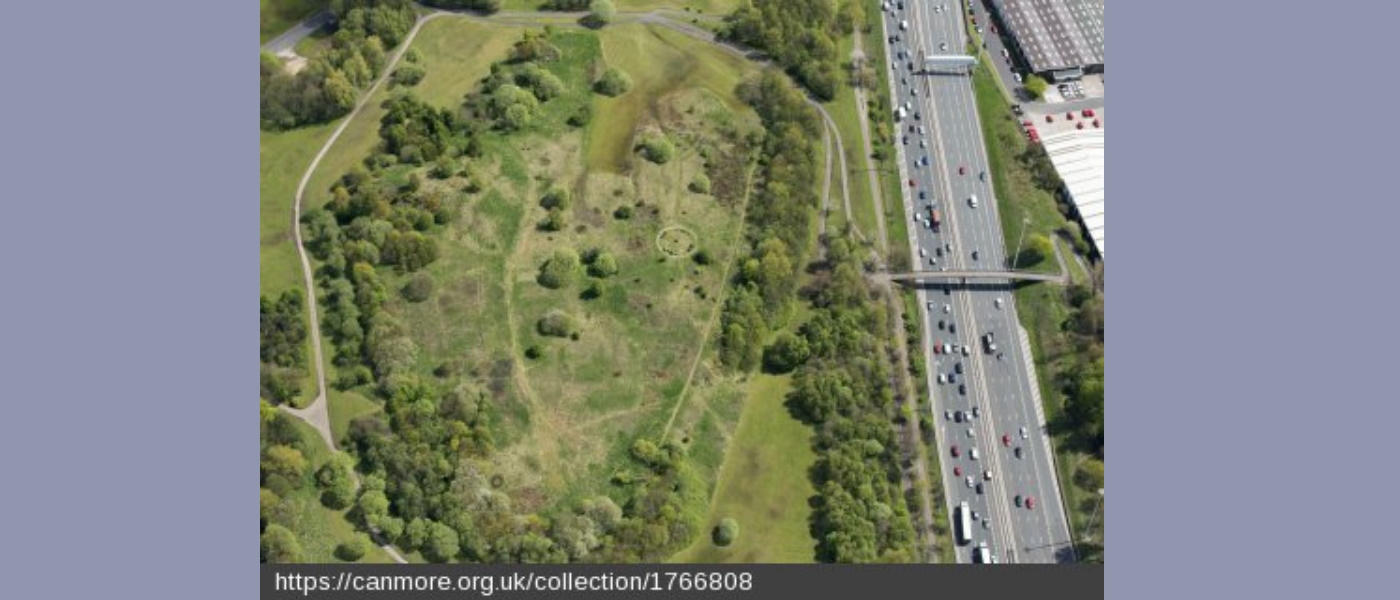Sighthill Park (2013)

This stunning aerial view was taken in 2013 at a time when the stone circle and Sighthill as a whole was increasingly under threat / living with the promise of development. The public profile that the stone circle had during the time was at its highest since construction in 1979 and this included recognition from mainstream archaeologists. The former Royal Commission on the Ancient and Historic Monuments of Scotland (RCAHMS, now HES) at this time added the monument to the National Monuments Record of Scotland (you can view the record via their portal canmore) and also carried out fieldwork as part of their Threatened Building Survey. This included measured survey of the stone circle and recording from the air. Around this time, commercial heritage company AOC Archaeology also carried out a laser survey of the stone circle. This attention was largely driven by field archaeologist Adam Welfare who wrote extensive notes on the circle: here the stone circle is treated as if it were a prehistoric megalith with meticulous detail. “The orthostats originate from the Beltmoss Quarry, Kilsyth; and the alignments they mark in the Sighthill monument fall into four quadrants, which are reinforced in the design by four trapezoidal cobble settings arranged like the spokes of a wheel. The three stones in the NE quadrant are orientated on the major standstill northern moonrise (H: 1.45m, W: 0.75m, Th: 0.9m), the summer solstice sunrise (H: 1.15m, W: 0.95m, Th: 0.55m) and the minor standstill northern moonrise (H: 1.55m, W: 1.1m, Th: 0.45m)”. This poetic account of the monument is proof of the renewal – even the rehabilitation – of the stone circle, ironically at a time when its days were numbered.
NEXT

